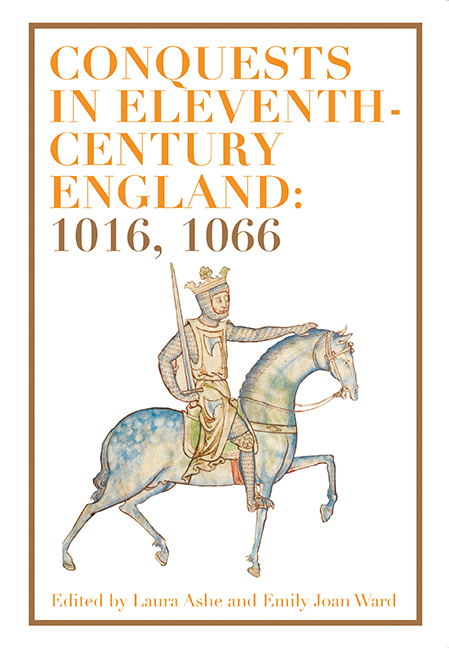17 - Child Kings and the Norman Conquest: Representations of Association and Succession
Published online by Cambridge University Press: 26 April 2020
Summary
Childhood and royal succession were close acquaintances in the kingdoms of north-western Europe in the mid-eleventh century. At the exact moment when William, duke of the Normans, supplemented his name with the title of king of the English in 1066, both the German and French kings were young men, barely out of boyhood. Henry IV (1050–1106) had succeeded to the German throne as a five-year-old boy following the death of his father, Emperor Henry III, in October 1056. Likewise, a few years later, in August 1060, the eight-year-old Philip I (1052– 1108) had followed his father, Henry I, as king of the French. These European contexts provide a valuable lens through which to view the Conquest. Succession to a familial inheritance as a child was something with which William, too, was acquainted. He had become duke in 1035 at the age of seven or eight when his father, Robert I, died on his return from a pilgrimage. Moreover, Edgar Ætheling (d. c. 1125), one of the contenders for the English kingship in 1066, was still a child at this date. It is impossible to be certain of Edgar's precise age, but approximations 332 of his youth rest on Orderic Vitalis's elusive claim that the ætheling was ‘of the same age as’ (coaevus) William's son, Robert Curthose. Earlier estimates placed Robert's birth between 1049 and the end of 1053. More recently, David Bates has shown the probable dating for William and Matilda's marriage to be at the latter end of this date range, likely in 1052, pushing the birth of their eldest son after the date of the wedding and firmly into 1053/4. Consequently, Robert was between eleven and thirteen when his father invaded England. Edgar could have been a few years older or younger and still feasibly be described as Robert's contemporary, but since we can be certain Edgar was born before 1057, he must have been at least nine or ten years old at the Conquest. Adhering to contemporary legal and cultural definitions which place the end of male childhood, pueritia, at a boy's fifteenth birthday, it is unlikely that Edgar was any older than this in 1066.
- Type
- Chapter
- Information
- Conquests in Eleventh-Century England: 1016, 1066 , pp. 331 - 352Publisher: Boydell & BrewerPrint publication year: 2020



